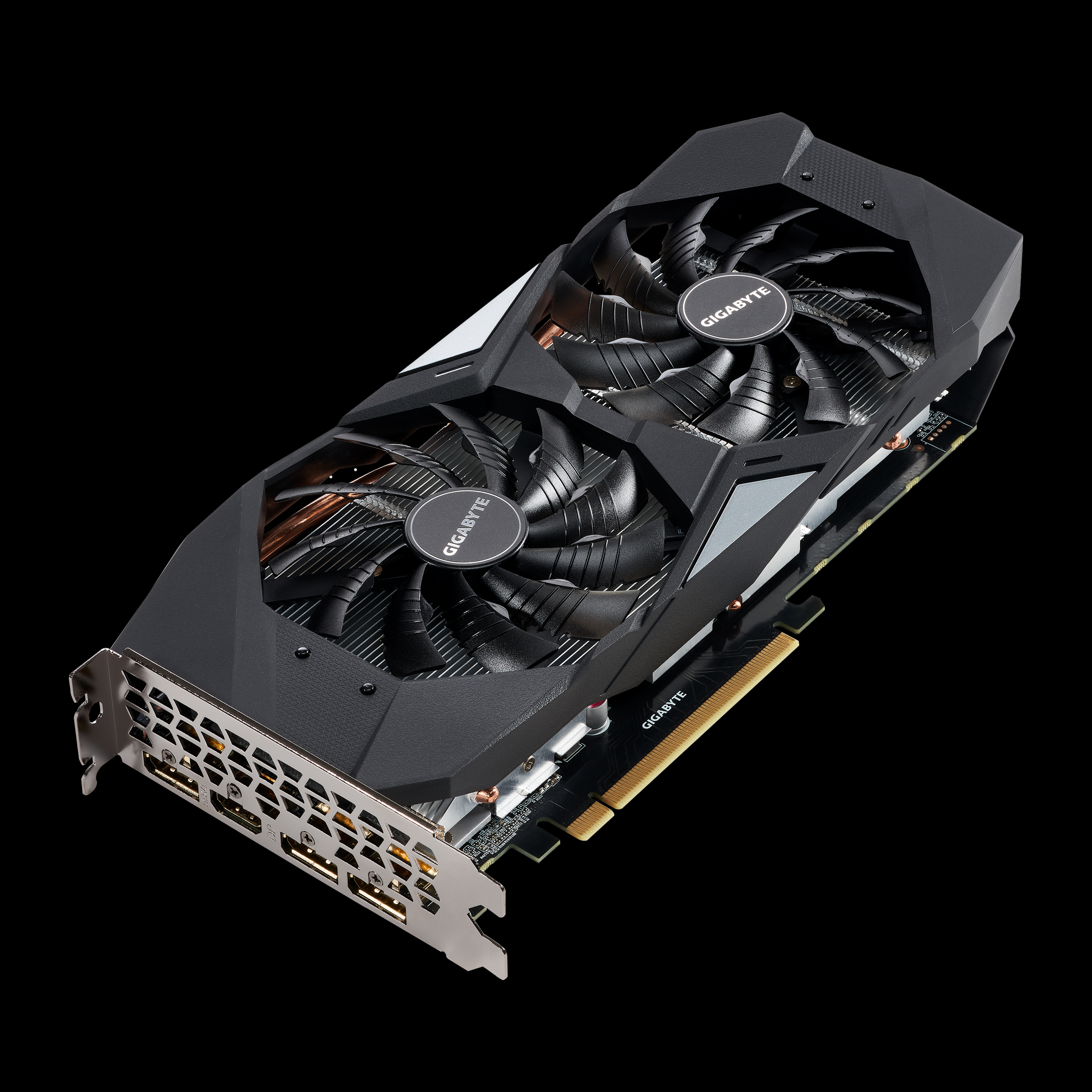
Please enable JavaScript to use our comparison tools. On the AMD side of things, there's a significant gap between the 30fps 1440p average of the RX 590 and the 57fps average of the Vega 56. 1440p is also quite playable, with an average of 41fps.
Nvidia geforce gtx 1660ti 1080p#
The 54fps average at 1080p is just a few settings tweaks away from a solid 60fps - and remember, we're using the challenging ultra high preset here. The GTX 1660 Ti lies between the GTX 1070 and RTX 2060 here, although it's a hair closer to the former than the latter. The benchmark is a nice representation, despite the disquieting shouts of the guards as the camera moves past them in the opening seconds. The most recent Assassin's Creed release offers a substantial challenge for modern GPUs, thanks to its detailed texture work and open world.

Now, let's get into the results! Assassin's Creed Odyssey You can also click on the chart to change between frame-rate values and percentages, which can make it easier to compare two results without the need for mental gymnastics. Click on the resolution tabs to the right to see results for 1080p, 1440p and 4K. Here, you can also mouse over the chart to see how each card did at the best or worst moments of the benchmark, which can tell a different stories than the averages alone. If you're in a rush, you can also find average frame-rate figures in a barchart below.

You can choose which cards at which resolutions you want to see with the controls to the right of the video, with up to four data sources being shown at once. Press play on the YouTube video embedded for each game we tested, and you'll see live telemetry for frame-times and frame-rates that gives you a better idea of performance than a simple average. The idea is that instead of using static graphs or burned-in video data, we're combining the two into a dynamic system. If you're new to Digital Foundry, you might not have seen our unique system for showing benchmark results. The GTX 1660 Ti looks to deliver impressive performance for its price, even in the compact PNY XLR8 card we're testing that comes with a faint 45MHz factory overclock. Don't expect brilliant results at this resolution, but if you're willing to turn down enough settings you should be able to at least attain a console-quality 30fps experience if that's your preference. While our GTX 1660 Ti review concentrates on 1080p and 1440p, the resolutions that this card is best at, we're also including 4K results here for the sake of completeness. We'll also include competition from AMD, in the form of the RX 580, RX 590 and Vega 56.
Nvidia geforce gtx 1660ti plus#
We will test the card against the previous-gen GTX 1060 and GTX 1070, plus the new RTX 2060. This is a single-fan design that requires only one eight-pin PCI power input, yet it still includes a modest 45MHz overclock over the reference specification which should add around one per cent to our frame-rates. This also allows for very compact card designs, such as PNY XLR8 card we used for testing.

The GTX 1660 Ti is also an efficient card, with a modest 120W TDP that compares favourably to the 150W GTX 1070 and 175W RX 590. This means that the card will be a little more future-proof than its Pascal predecessors, even if full-fat RTX cards are likely to remain relevant for longer. Specifically, new shader models should allow for increased performance in games that support them, such as Variable Rate Shading in Wolfenstein 2: The New Colossus. While the lack of RT and Tensor cores mean that RTX and DLSS are off the table, other Turing features that don't rely on this dedicated hardware have made it in.

In this article, we'll show you exactly what sort of frame-rates you should expect in a selection of recent titles.īefore we get into the results, let's briefly cover what you get with the GTX 1660 Ti over the GTX 1060 beyond an uptick in raw performance. In essence, the new GPU should offer performance between the GTX 1070 and RTX 2060, at a lower price than both: £259 in the UK and $279 in the US. The GTX 1660 Ti seems to be what many in the gaming community have been asking for: an affordable Nvidia graphics card that leaves out real-time ray tracing and DLSS but still delivers the increased performance of the Turing architecture.


 0 kommentar(er)
0 kommentar(er)
